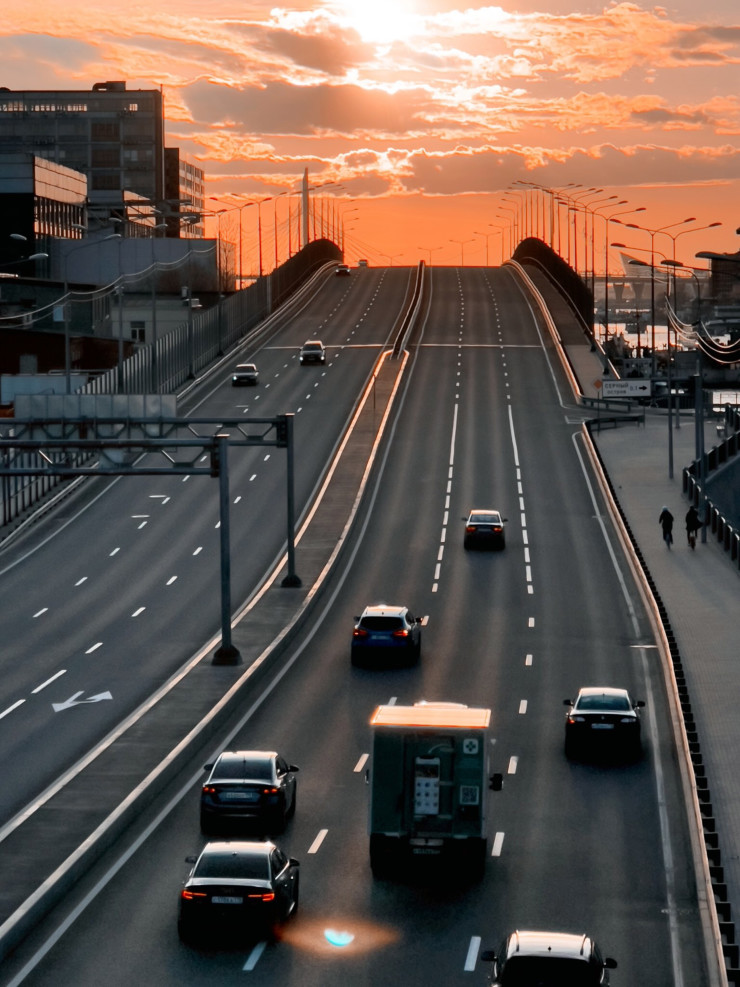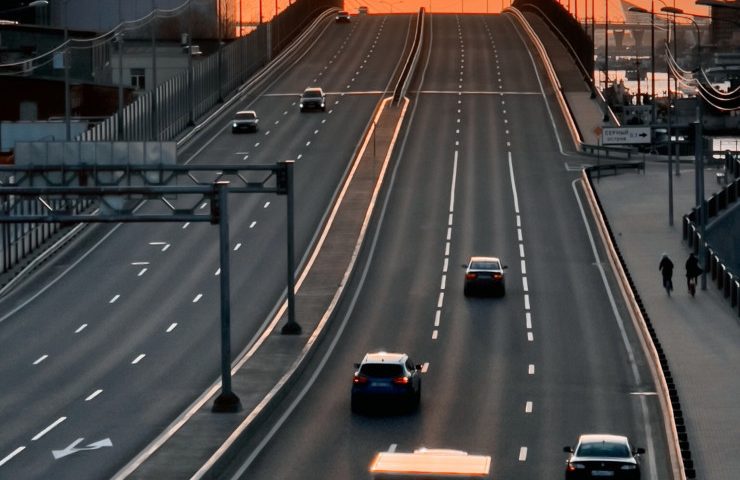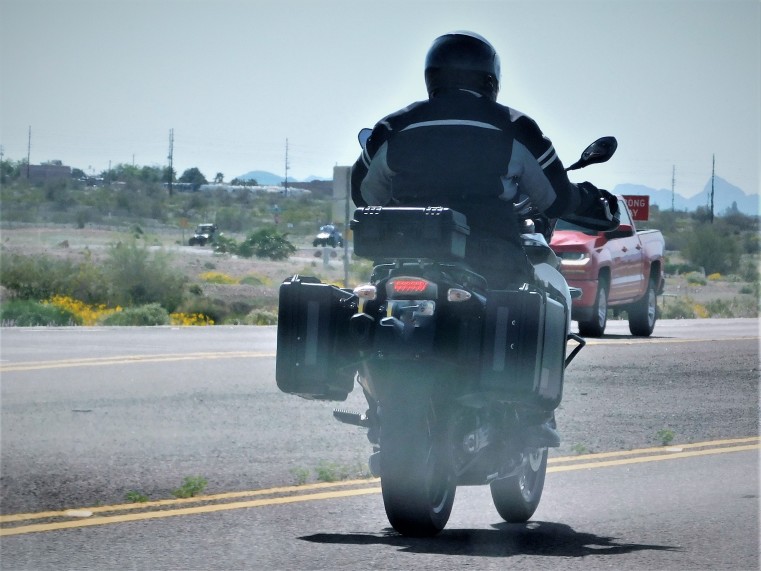Motorcyclist Rear-Ending on a City Street

Tips For Avoiding Collisions With Cars Backing Out of Driveways
May 24, 2022
When Should I File A Motorcycle Accident Claim?
May 24, 2022A motorcyclist is often in the same lane as a car and does not notice that the car is slowing down, so the motorcycle continues to travel at high speeds. The motorcyclist suddenly swerves or lies down, to avoid a collision. The same scenario occurs when a car rear-ends a motorcyclist. The collision may have been caused by the car driver, but the motorcycle rider is most likely to be at fault.
Accident scene
It is important to take detailed photos of the accident scene if you were involved in a motorcycle crash. These photos will show the road conditions, as well as any visible injuries. Additional photos can be used to prove liability and help you get compensation for your injuries. Here are some tips for dealing with an accident. It is important to contact the police to investigate the accident.
Take pictures and notes. If you’re able to, get the other driver’s license number. Also, get their name, address, and insurance information. Also get their license plate number. This information may help the police to determine who’s at fault. You should also exchange contact and insurance information in addition to a police report. If you’re unsure which driver caused the accident, you can take the driver’s license number, as well as their insurance information.
If you are a passenger in the car, call 911 and ask for help. Although police officers may be able to help mediate, it is important to call 911 immediately. In any event, ensure that your seat belt is properly fastened and that your helmet is on. Take a few photos of the accident scene, as well as of the other car. This is important evidence in a lawsuit.
It is important to note that the accident will usually occur in an intersection. A car waiting to turn left might not see a motorcycle coming. The driver may suddenly stop and not recognize the motorcycle, and then turn in its path. The impact of this action on both parties can be catastrophic. Left-turning cars cause 42 percent of intersection accidents. You can sue them for the damage they caused.
Common causes of motorcycle collisions
Neglecting to pay attention to other road users is a major cause of motorcycle collisions in cities. Incorrect maneuvers and speeding can result in serious accidents for both the motorcycle and the other road users. Bronx traffic, in particular, is notorious for its poor driving standards, and motorcyclists will often try to avoid being stuck in traffic by making unsafe maneuvers. One of these maneuvers is passing a vehicle ahead in the same lane. Incorrectly opening the doors to parked vehicles is another common cause of motorcycle collisions.
According to the NHTSA CrashStats data report, head-on collisions caused four thousand motorcycle crashes in 2017. Head-on collisions are those in which a motorcycle collides with another vehicle or a stationary object. These are the most fatal types of collisions. These crashes often involve a tree or a fence. In fact, 23% of motorcycle fatalities in 2018 involved a collision with a fixed object, like a fence or tree.

Another common cause of motorcycle crashes is passenger vehicles. Drivers who fail to yield to motorcycles often cause the crashes to occur in an intersection, and the resulting collision can result in serious injury or even death for both parties. The motorcyclist may sustain traumatic brain injuries, even though the driver of the other vehicle may be able to escape with minor injuries. Open car doors can also lead to a collision between a motorcycle or a passenger vehicle.
Distraction is another common cause of collisions between a motorcycle and a car. When a driver shifts lanes while turning, they can suddenly veer into the motorcycle lane and crash. This results in the motorcyclist being thrown from the motorcycle, or the motorcycle being hit by a vehicle. In 2014, 33% of fatal motorcycle collisions involved excessive speed. If the motorcycle driver does not yield, they may fail to react quickly and crash into another vehicle.
Injuries sustained by motorcyclists
Motorcyclists may sustain injuries that are as severe as broken bones when they are rear-ended on city streets. In addition to external injuries, these riders may suffer internal injuries as well, such as internal bleeding. These injuries are often not noticed by emergency personnel and can even prove fatal if they aren’t treated quickly. You can prevent rear-end collisions from happening by knowing how to braking distance and how to avoid them.
There are many reasons rear-end collisions can occur, but all of them have one result: the driver fails to adjust their speed for a motorcycle in front. They also may be speeding up or following too closely. The driver may also be distracted by their cell phone and not look down for more than two seconds. This time is enough for the driver to fail to notice the motorcyclist, and their speeding vehicle rear-ends them.
Concussion is one of the most common injuries suffered by motorcycle riders in an accident. While the damage caused by a traumatic brain injury varies widely from one person to another, it is common for someone to suffer neck and spinal injuries. Incomplete spinal injuries can cause partial or total paralysis, which may require prolonged hospitalization and may keep the victim from working for a long time.
Motorcycle collisions are among the most dangerous types of accidents involving vehicles. A motorcyclist must pay particular attention when riding on the road, because many drivers fail to drive slowly and cautiously around a motorcycle. Many victims of motorcycle accidents are left with severe injuries or die in the streets. This article will discuss a common motorcycle accident, examine some of the most common injuries, and offer crucial ways to reduce these accidents.
Insurance coverage after a motorcycle accident
It can be difficult to get insurance coverage after a motorcycle accident in a city street. Although this type of accident is often very complex, there are a few steps that can help make it easier. First, contact emergency services if you have been injured in the crash. You can get immediate medical attention for your injuries by calling emergency medical technicians. During the first few hours after the accident, you should seek medical attention.
Make sure that the other party’s insurance policy also includes no-fault insurance. This coverage will cover your medical costs and lost wages after a motorcycle accident, even if the other driver is at fault. Make sure your motorcycle has uninsured motorcyclist protection. Uninsured motorist insurance can pay for the cost of medical treatment for you and any other damages you might incur from the crash.
Many victims of a motorcycle accident ask who will pay their medical bills. Many motorcycle accidents cause serious injuries that require intensive care. A large medical bill can quickly add up. New York is one of few states that has a no-fault insurance system. This means that your insurance policy may cover medical expenses regardless of who was responsible. It will reimburse you up until the policy limit and can reimburse you for up to $1,000,000 in damages.
The first step is to determine the cause of the accident. Although you can recover damages for your injuries, you will still need a claim. You may need to consult with a lawyer. Personal injury protection covers up to $50,000 for medical expenses and lost wages. Personal injury protection is not something most people pursue. A Palm Desert Motorcycle Accident Lawyer can help you negotiate a fair settlement. A New York motorcycle accident lawyer is recommended if you are liable.
Contacting an attorney after a motorcycle accident
If you have been involved in a motorcycle accident, contacting an attorney immediately is vital. You must be careful not to move after the accident, which may increase the risk of brain and spinal cord injuries. Taking photos of the accident scene is also important. After the accident, contact an attorney who has experience in handling motorcycle accidents. An attorney can help you collect evidence and maximize the amount of compensation you can obtain. You may be able to recover compensation for your injuries, pain and suffering, and out-of-pocket expenses.
It is also important to retain a motorcycle accident lawyer immediately after the accident. You should collect all evidence that was available at the time of the accident. Also, you should get police reports and license information. This evidence is vital for the preparation of your case. Do not speak to the attorney of the offender. They may have ulterior motives or may use your statement in court for less compensation.
Motorcyclists often face unfair scrutiny when filing insurance claims, especially when the other party was at fault. Some drivers, such as those who fail to yield, make unsafe lane changes or fail to let a motorcycle pass. Even if you are not at fault, you have the right to sue the negligent driver. If you’re seriously injured in a motorcycle accident, it is in your best interest to contact an attorney as soon as possible.
In addition to gathering evidence and filing a claim, an attorney can also handle communication with insurance companies and other third parties. Your motorcycle accident attorney can communicate with insurance companies on behalf of you and negotiate the maximum amount of compensation. When it comes to cases involving motorcycle accidents, experience is important. An attorney who specializes in motorcycle accidents will be able to explain the law to you and help you understand your rights. Do not settle without consulting an attorney.


